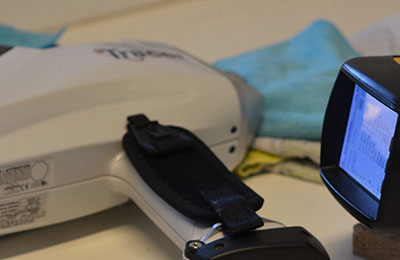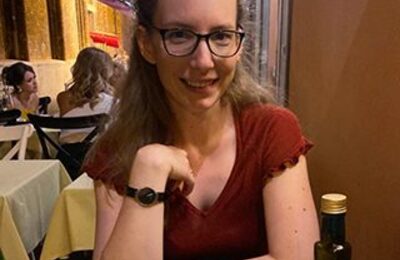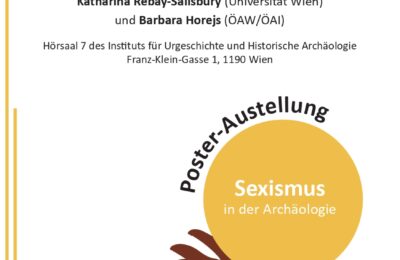Predictors of female age, health and attractiveness perception from skin feature analysis of digital portraits in five ethnic groups
Voegeli, R., Campiche, R., Biassin, R., Rawlings, A.V., Shackelford, T.K., Fink, B., 2023. Predictors of female age, health and attractiveness perception from skin feature analysis of digital portraits in five ethnic groups. International Journal of Cosmetic Science 45, 672-687. read more


